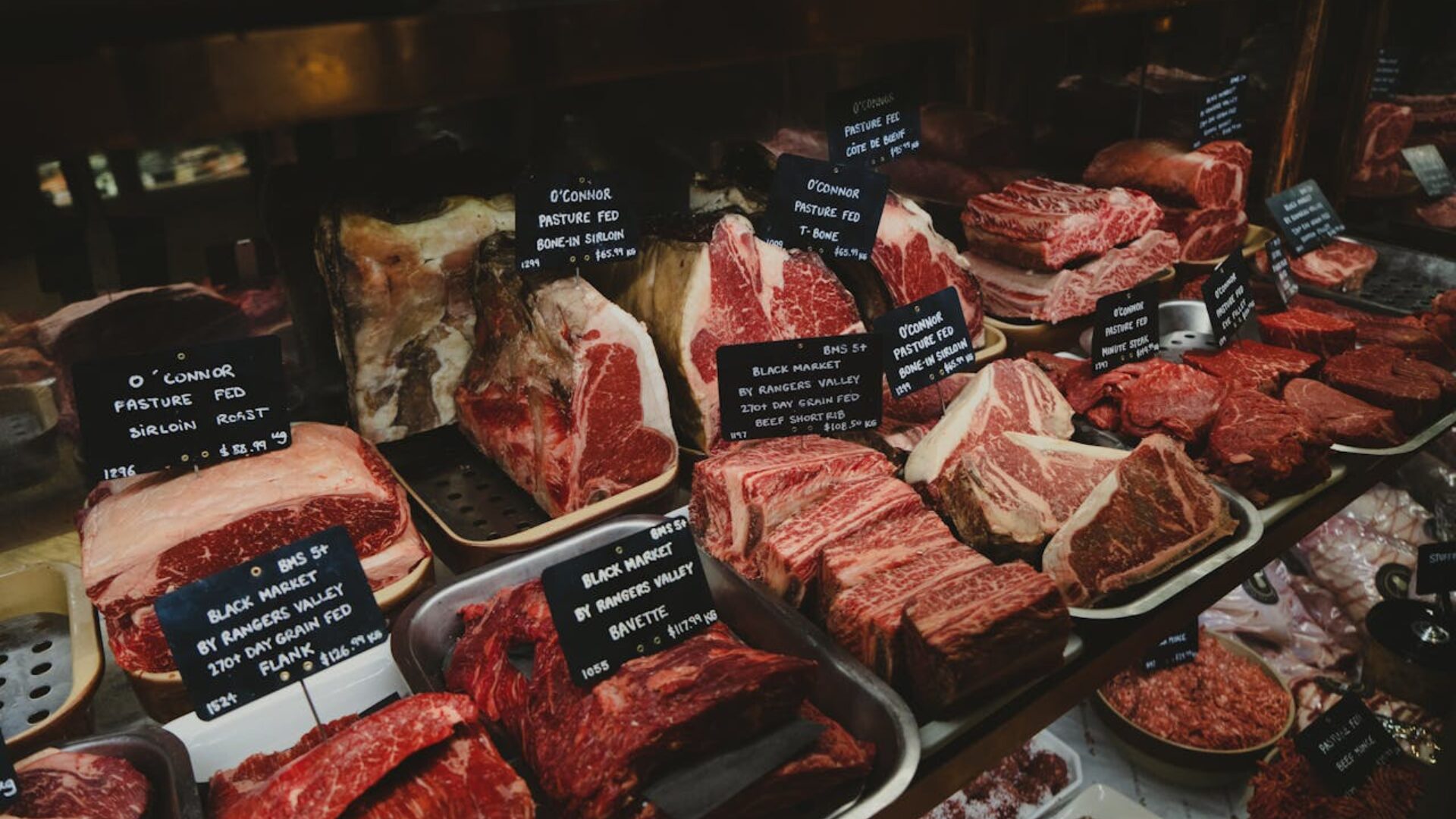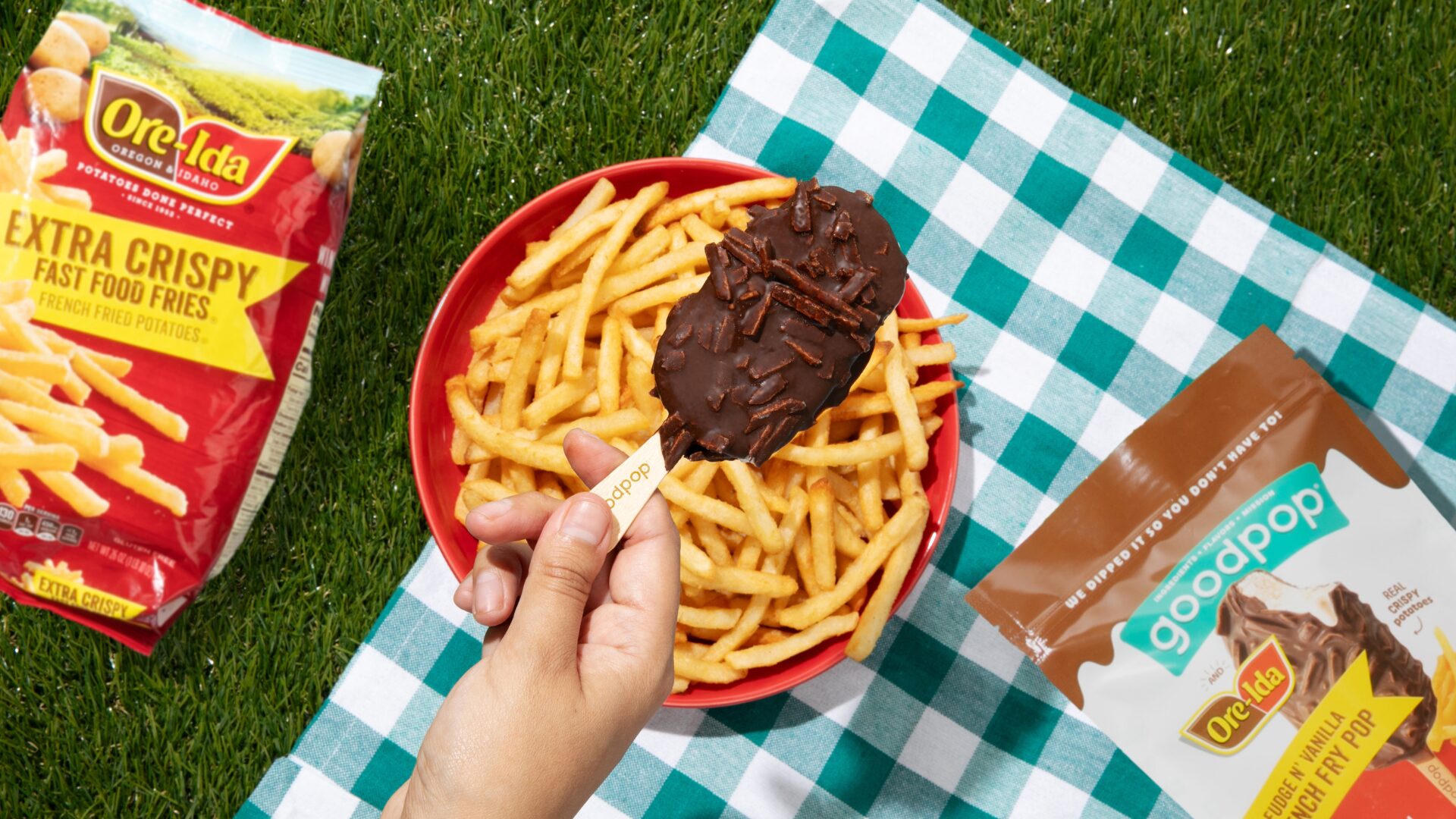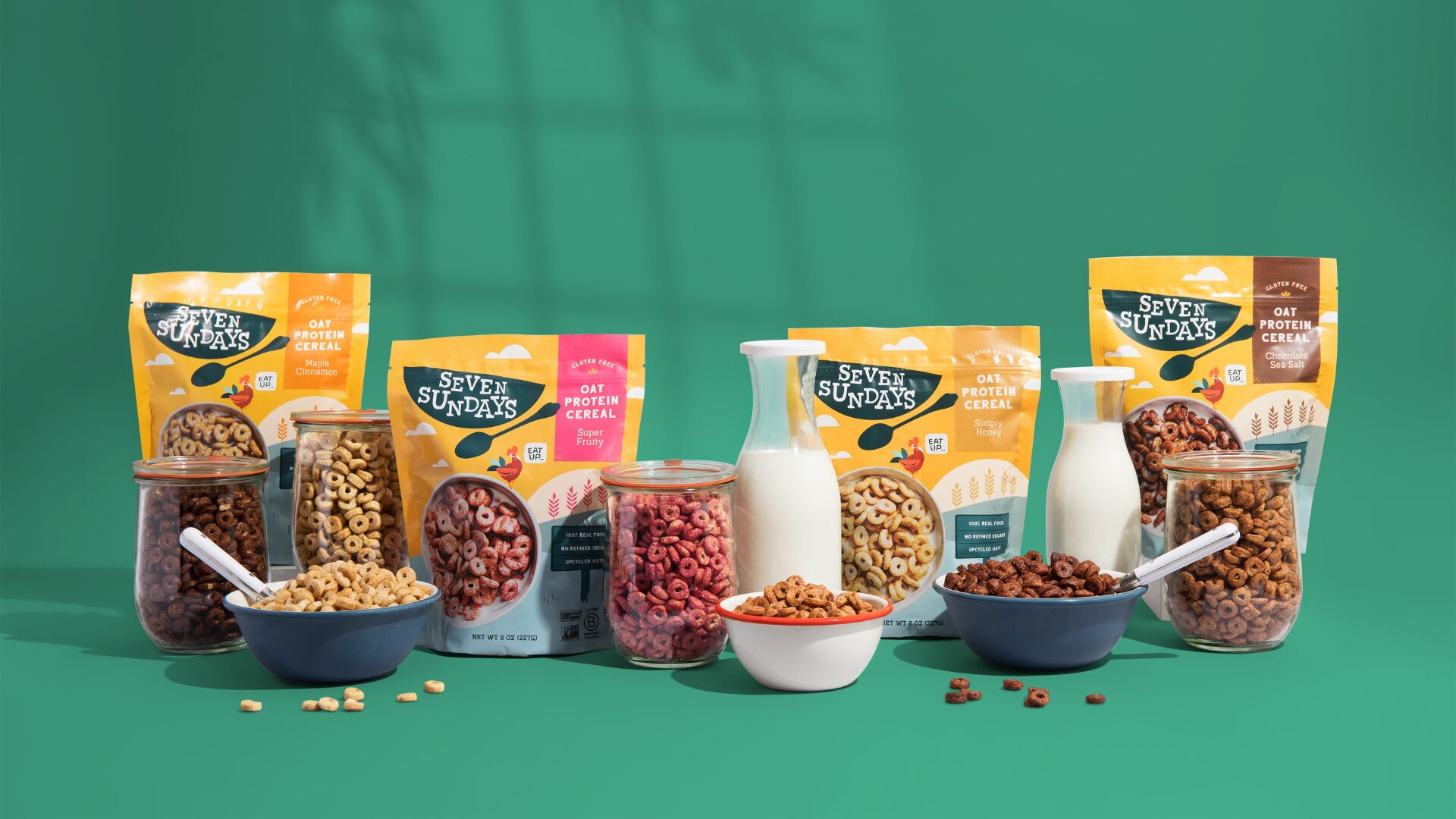Australian Mountain Rye. Millets. Buckwheat. Nal t’eel.
No, these are not NATO-style codewords, though they do constitute a sort of secret language among manufacturers, farmers, and more who understand not only their provenance but the potential within – these are ancient grains. And they’re ascendant in the marketplace, gaining ground with consumers around the globe for their hardiness, their textures and flavors, and their novel applications in retail, restaurant, and grocery.
Ancient grains can be thought of akin to heirloom varieties of flowers – unchanged over hundreds if not thousands of years, native to a startling variety of countries and continents, and known to thrive in adverse weather conditions with minimal levels of pesticides, fertilizers, and irrigation needed to help them flourish.
“The consumer market is aligning similarly with trends we see in healthcare – a return to the traditional, over the conventional,” said Sarah Herrington, a nutritionist at Brio-Medical, to The Food Institute.
“Technology and science are catching up and aligning with these trends, as are food science and nutritional science. Obesity, diabetes, cancer: these are all major public health crises that our society is facing, all influenced heavily by our diets – diets with a heavy reliance on processed and refined grain products…Consumers are waking up to this and are seeking alternatives.
“Ancient grains are not new, but their place on our market is growing due to an increase in individual health proactivity.”
And that commitment to individual health proactivity is helping the market grow. The global ancient grains market is expected to be valued at over $10 billion by 2032, growing at a compound annual growth rate (CAGR) of 37.6%.
Making the Most of the Millet
Millets aren’t complicated, which is surprising given the sheer scope and variety available from continent to continent. Millets – tough, versatile, and often underutilized – are a highly varied family of small-seed grasses grown as cereal crops, animal feed, and human food. Similar to oats in many ways, millets can be a rich source of antioxidants and essential amino acids.
The United Nations declared 2023 the International Year of Millets, in fact, making the point that millets are extremely sustainable, weather resilient, nutritious, and could help feed and diversify the global food system. Millets need less fertilizer and are often more resistant than traditional crops such as corn and soybeans to insects and diseases, and farmers don’t need to shutter their equipment – most of the same planting and harvesting implements for corn, soybeans, and other more common crops will do.
Dr. Rob Myers, director of the University of Missouri’s Center for Regenerative Agriculture, said millets are versatile and will do well in drier states like Texas, Kansas, Nebraska, and Oklahoma. In a presentation at the University of Missouri last year, Dr. Myers said millets have great potential to add to diversity in farming systems; that they are resilient in an era of extreme climate change; and that their diverse genetics provide versatility for many future uses; and that they deserve more research, exploration, and development.
In kitchen applications, millet flour is often described as mild and slightly sweet with a light, fluffy texture when used in baking and often combined with other gluten-free flours to foster a more balanced taste and texture.
Millets are widely considered to be among the first plants ever domesticated for agriculture and are often regarded as a “forgotten food.” According to foodprint.org, millets make up less than three percent of the world grain trade, but countries like India are working hard to reintroduce the crop to contemporary audiences. One reason ancient grains are ascendant is their ability to feed many, many people in impoverished areas and among food deserts. Millets can thrive almost everywhere and many varieties offer up to 30 times more calcium than rice while also providing iron and protein.
Stumpin’ for Buckwheat
Without irony, Cathy Strange made a bold statement.
“It’s gonna be buckwheat’s year,” said the Whole Foods Market ambassador of food culture in a recent article in The New York Times that explores nine foods on the rise.
Buckwheat is in fact a millet, though from a different family of grains. Among similar small-seed crops, buckwheat stands alone as the richest source of rutin, an antioxidant that may also cut risk of heart disease and decrease inflammation and blood pressure.
Buckwheat flour has a stronger, nuttier flavor, and is more dense than millet flour, helping it make waves in bougie dishes coast to coast – buckwheat is appearing everywhere from hot chocolate to spicy monkfish, adding texture and flavor. Like millets, buckwheat is plentiful and pleasing for climate- and health-conscious consumers.
Buckwheat (and even millets) have found a new audience in the market – those looking for a good night’s rest. Buckwheat pillows are emerging as a sustainable, hypoallergenic, and spine-friendly alternative to traditional down – and cotton-filled pillows; the hard husks conform to the shape of one’s head, offer excellent breathability, and can even help reduce sweating during sleep. The extremely low water and pesticide used to harvest these grains offer the same comfort that sustainably sourced food do to eco-conscious consumers, who can truly rest easy with the versatile grain underneath their heads, offering an all-new meaning to the phrase food for thought…and sleep.
Australian Mountain Rye – The Outback’s Finest Ancient Grain
Australia continues to astound, especially for most consumers who have never set foot on or anywhere near the island. Almost as large as the United States, its diverse geography – from the Outback to the Great Barrier Reef – fosters new and exciting foods and food/bev offerings year in and year out.
This year, Australian Mountain Rye is turning heads. Like millets (also found in Australia), Australian Mountain Rye is a hardy cereal originally intended for livestock but has experienced a renaissance in commercial food and beverage production for its high protein and antioxidant content, large-starch granules for slow digestion, and sustainable growth and development.
Gaining popularity in Australian bread and beer, the distinct flavors and qualities of mountain rye offer opportunities not only for new (and renewed) interest in Australian-sourced beer, but for long-term ecological reasons as well. The “rich agricultural soils” in New South Wales is prime rye-growing territory according to Emily Salked, head baker at Tuerong Farm, according to a recent article in The Guardian.
“It started a whole investigation into different cultivars … because there are a few different cultivars of the perennial wheats, they also taste different and have different functionality in the bakery,” she said.
In fact, the rise of perennial grains is being celebrated on many continents as a valuable, flavorful, and more sustainable way to feed people, animals, and foster an ecologically friendly farming cycle.
Mas Borbón, Por Favor – Nal T’eel, Mexico’s Hottest Export
Mezcal isn’t the only natural product out of Mexico making waves with American consumers. The latest craze belongs to nal t’eel, an ancient corn.
Mexico counts almost 60 varieties of native corn and nal t’eel is generally regarded as the oldest. It first emerged in the Yucatan Peninsula over 4,000 years ago, grows quickly, and is mostly unbothered by both heavy rains and drought; it’s so hardy, in fact, the Mayans nicknamed it “rooster corn.”
Several years ago, a Mexican distillery named Gran Maizal began touting (and showcasing) the benefits of this ancient grain, using two other varieties of corn to make whiskey. Last September, Gran Maizal began exporting to the no. 1 bourbon-producing country in the world – los Estados Unidos (the United States).
In a recent article from The New York Times, Gran Maizal’s bourbon from nal t’eel offers a wholly novel experience to the experienced Jack Daniel’s drinker – most bourbons are aged in charred oak barrels, which contributes to their flavor. In this Mexican whiskey, the flavor is derived from the corn itself – rich and nutty, Gran Maizal’s bourbon brewers often reject test batches that taste too much like the caramel- and vanilla-flavored cousins from Kentucky. The corn is nixtamalized, a centuries-old process in which dried kernels are steeped in an alkaline solution to make them easier to work with and to improve their flavor.
Oaxaca is the heart of Mexican corn country, deep in the southeast tip of the country and several hundred miles southeast of Mexico City.
Harvesting the Most from Ancient Grains
For many consumers, ancient grains won’t affect their lives in any significant way. As they continue to proliferate – and if the market can take advantage – Herrington believes there’s a decent chance they’ll make their way into more traditional grocery and retail outlets.
“In a retail environment, ancient grains offer a product that is likely to be closer to nature’s original version, a food item that is denser in vitamins and minerals than other options…Consumers can expect to see ancient grains used as an alternative base for many products, ranging from cereal, to bread, to pancake batter. Expect to see them regularly on the menu in restaurants, especially in dishes with other healthy items such as salmon, vegetables, or tofu.”











